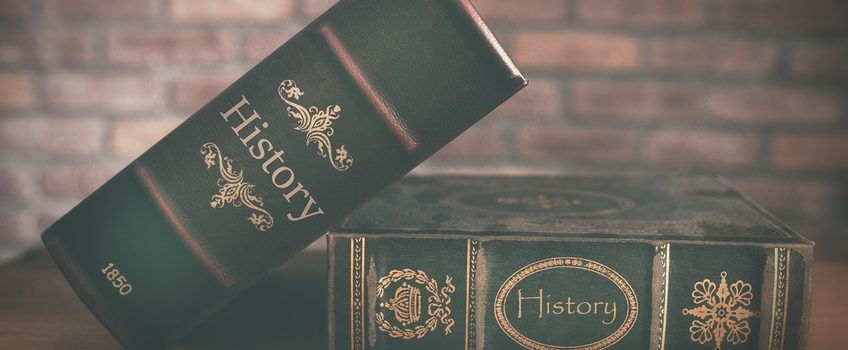Social Studies and History teachers know that engaging their students with the past is key to a successful class. While teachers fully grasp the importance of knowing and understanding the past and how events shape our modern society, many students just see textbooks, notes, dates, and a whole lot of old stuff that has nothing to do with them. So how do we spark the students’ excitement and curiosity to delve into every history lesson and discover connections to the present?
Here are five tips to help teach historic lessons with modern flare to help bridge today’s students with the ideas and concepts that have shaped their world in the past.
START WITH WHAT THEY ALREADY KNOW
Many students may not be able to identify what the Magna Carta is before they study it, but a good place to start is by asking them what they do know about the Middle Ages. There are no wrong answers for the exercise, just let students write down any words or terms that come to mind. The same can be done with units on World War I, The Great Depression, The Cold War, etc. Once you have a baseline of students’ knowledge on the topic, you can determine the best place to begin instruction. Brainstorming activities also give students a bit of ownership and could inspire them to learn more.
GET HISTORY ON ITS FEET
The narratives of history are golden opportunities to engage students and have them discover personal connections, even outside of Drama class. Take lessons on important events, such as the Signing of the Declaration of Independence, the Gettysburg Address, or the reaction to the bombing of Pearl Harbor, and have students write and perform plays re-enacting these events and speeches. This allows students to closely read into the material and find ways to bring it to life by performing, while creating a sense of ownership over these important moments in history.
CREATE SOCIAL MEDIA ACCOUNTS FOR HISTORIC FIGURES
Whether you are studying George Washington, Winston Churchill, Martin Luther King Jr., or Marco Polo, one sure way to help students engage with historic figures’ lives is to bring them into the modern world with their very own social media accounts. Students can design a Facebook page for George Washington, including bio information and various posts about important events in his life. It allows students to create a modern commentary on what they learned. What would Winston Churchill tweet throughout World War II? What would Martin Luther King Jr.’s Instagram look like? Or, how about an explorer like Marco Polo’s SnapChat story? Students will see how the tools they use to communicate today can shed light on the lives of the past.
JOURNAL AS IF YOU WERE LIVING THE HISTORY
Another way to help students put themselves into the shoes of the people they are studying is to write journal responses. Whether it’s the abolishment of slavery or the industrial revolution, have students imagine themselves in the situation and journal from a historical point of view. This will help them connect their own thoughts and feelings to the time and place, developing an understanding that history happened to real people, with real feelings and lives like them. It will help students breathe life into what so often is only seen as facts and dates.
MAKE THE CONNECTIONS TO TODAY
Today’s students are absorbing the realities of current events that affect their lives and their futures. It’s crucial to have students be aware and understand that what is happening today forms tomorrow’s history. As they study various units, they should have time to reflect on the lesson and draw connections to current events, trends, problems and solutions. Nothing in history happens in a vacuum. The Ancient Greeks are connected to American Democracy, which continues to be explored even today. The direct connections students make will help solidify what they are learning about the past and connect it to the present and future.

